Statistics in Nursing: A Comparison of Research Methodologies Essay
VerifiedAdded on 2023/04/20
|5
|608
|106
Essay
AI Summary
This essay provides a comprehensive comparison of qualitative and quantitative research sampling strategies in nursing statistics. It highlights that qualitative research explores underlying opinions and reasons to develop hypotheses, while quantitative research quantifies problems using numerical data. The essay details the advantages and disadvantages of each strategy, noting that qualitative research avoids research findings being detached from the studied subject and enables understanding of organizational processes, but is not easily replicable and entails long field periods. Quantitative research allows for statistically sound hypotheses and faster evaluation of multiple datasets but requires constant monitoring and can lead to erroneous results if training data is inadequate. The importance of appropriate sample size determination is also discussed, emphasizing its role in making better inferences about the population under study.
1 out of 5
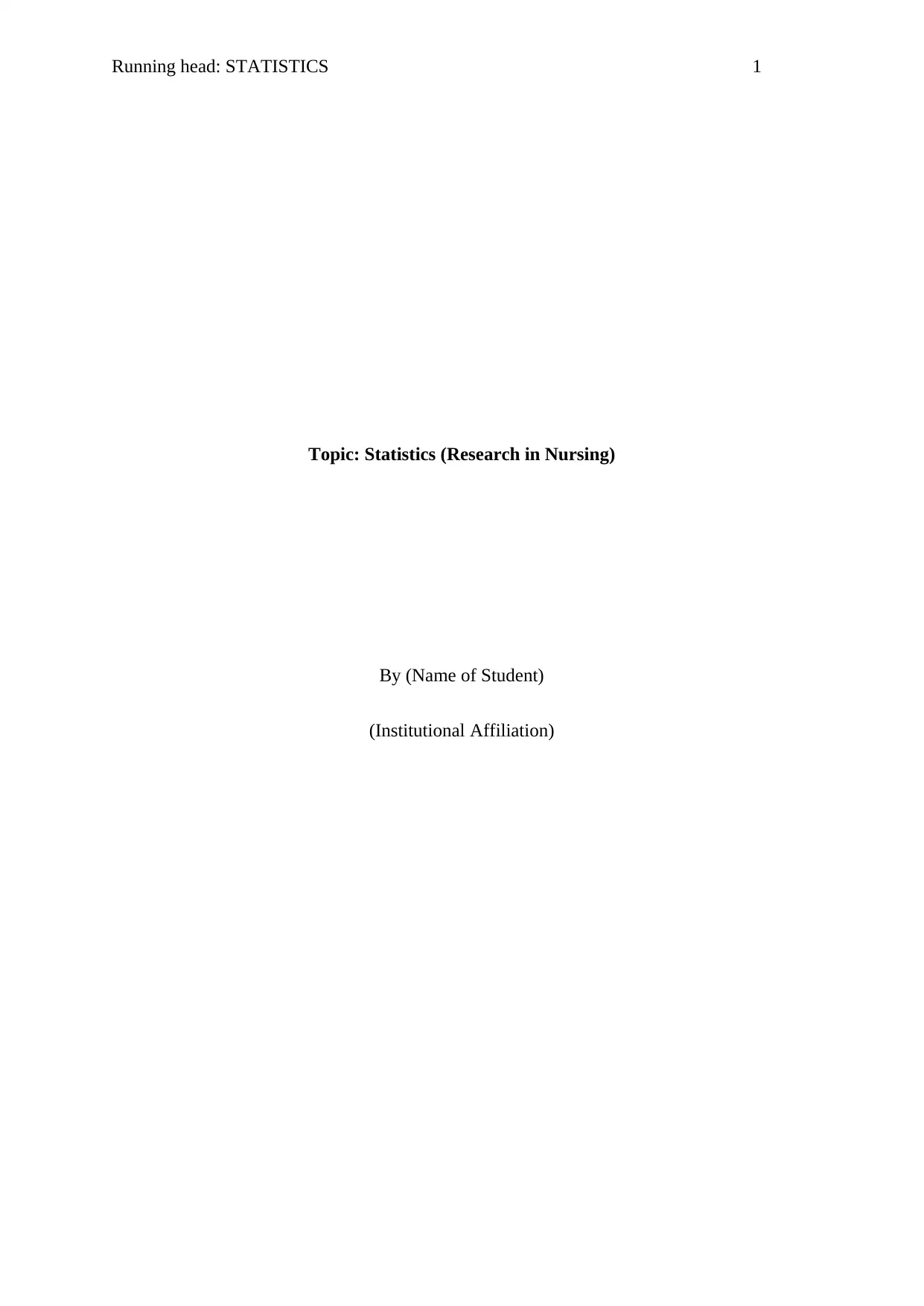
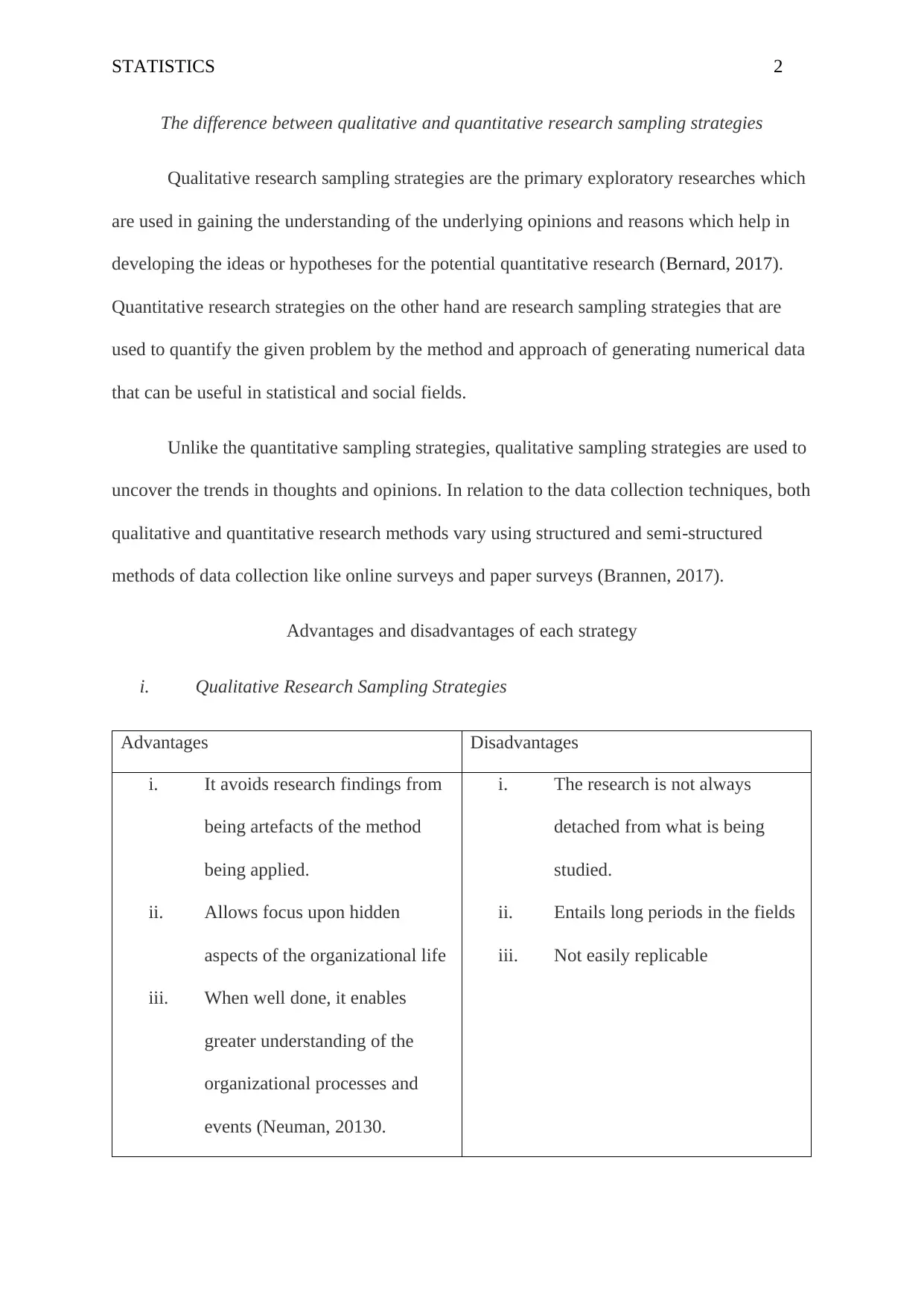
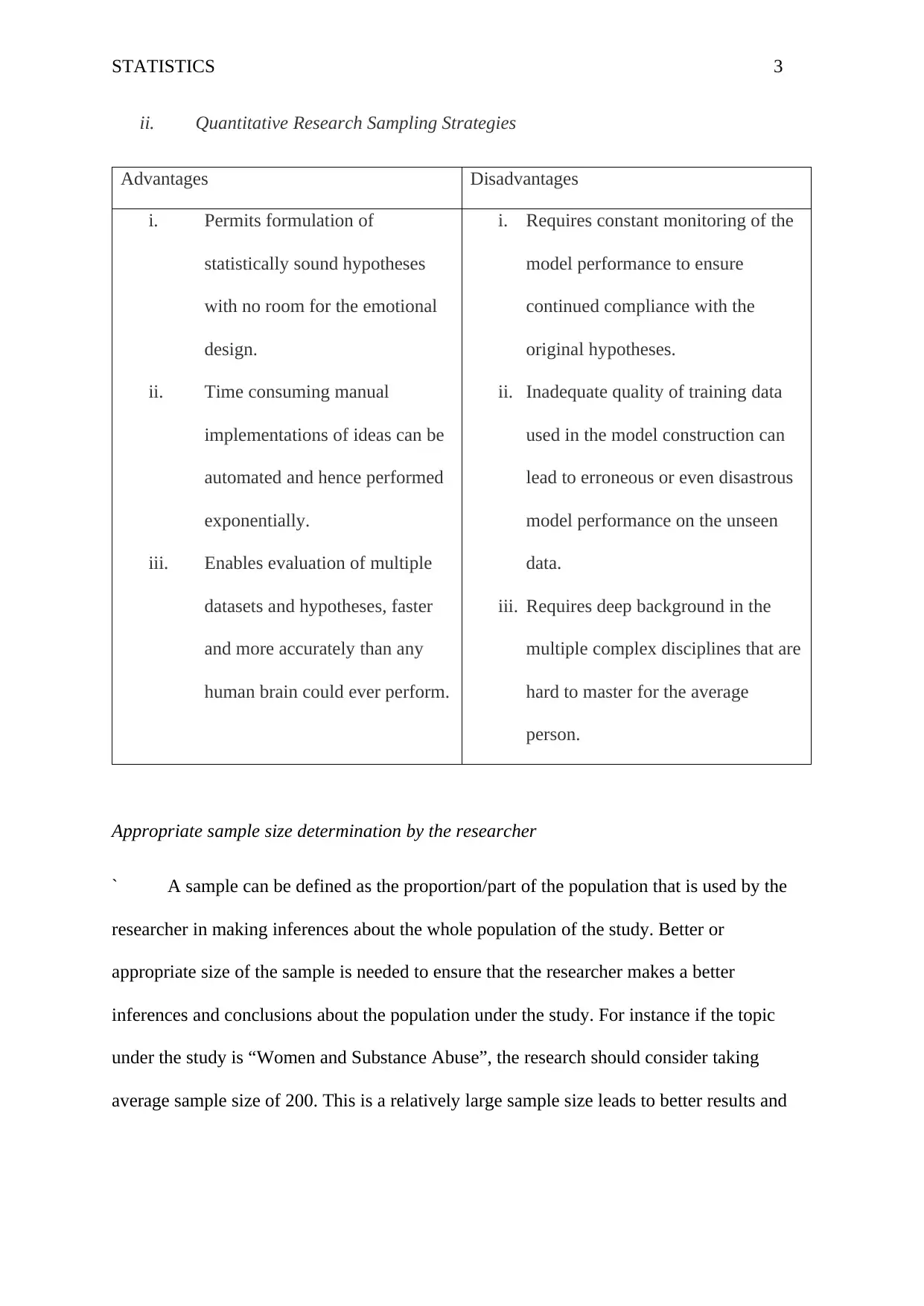

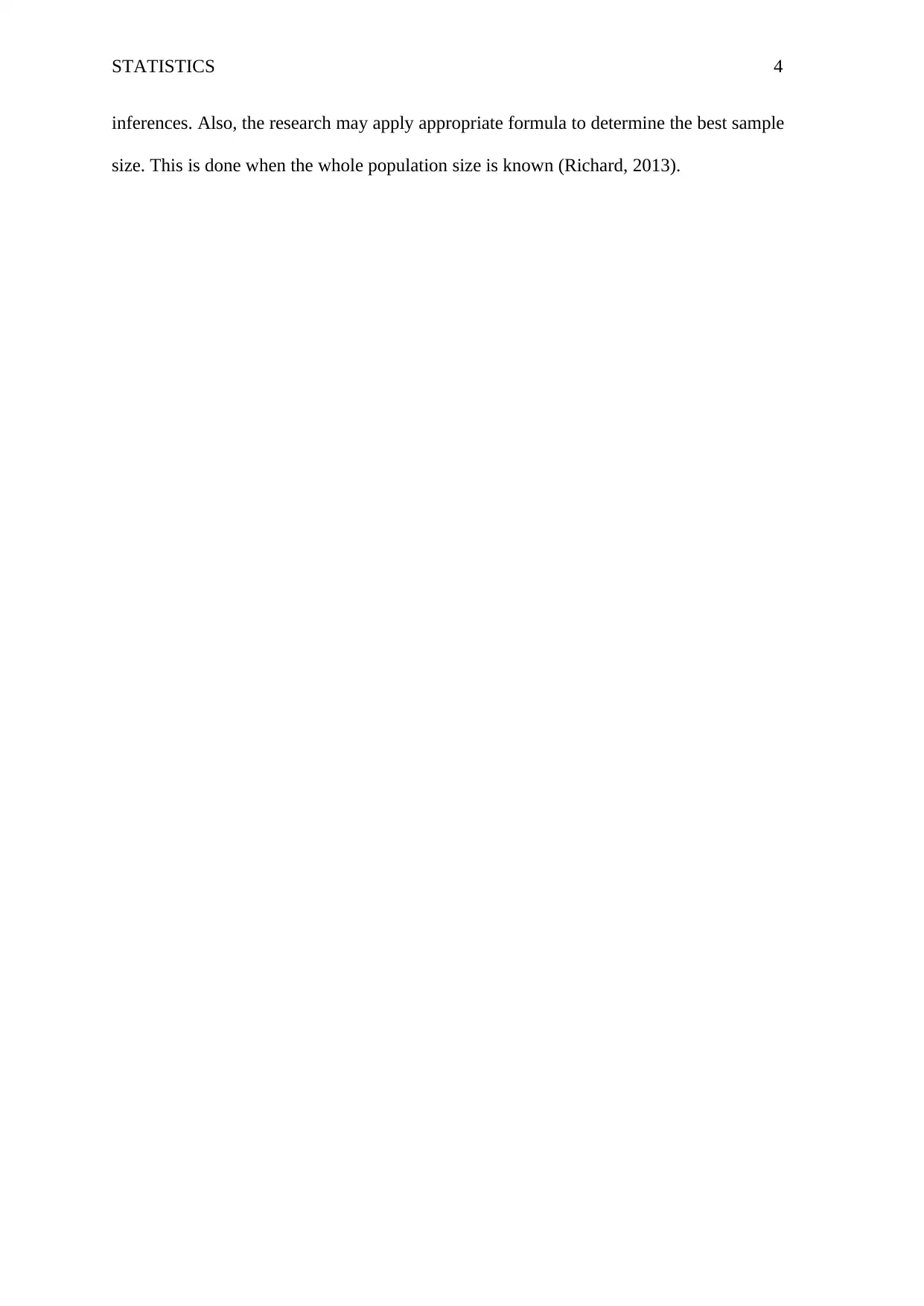
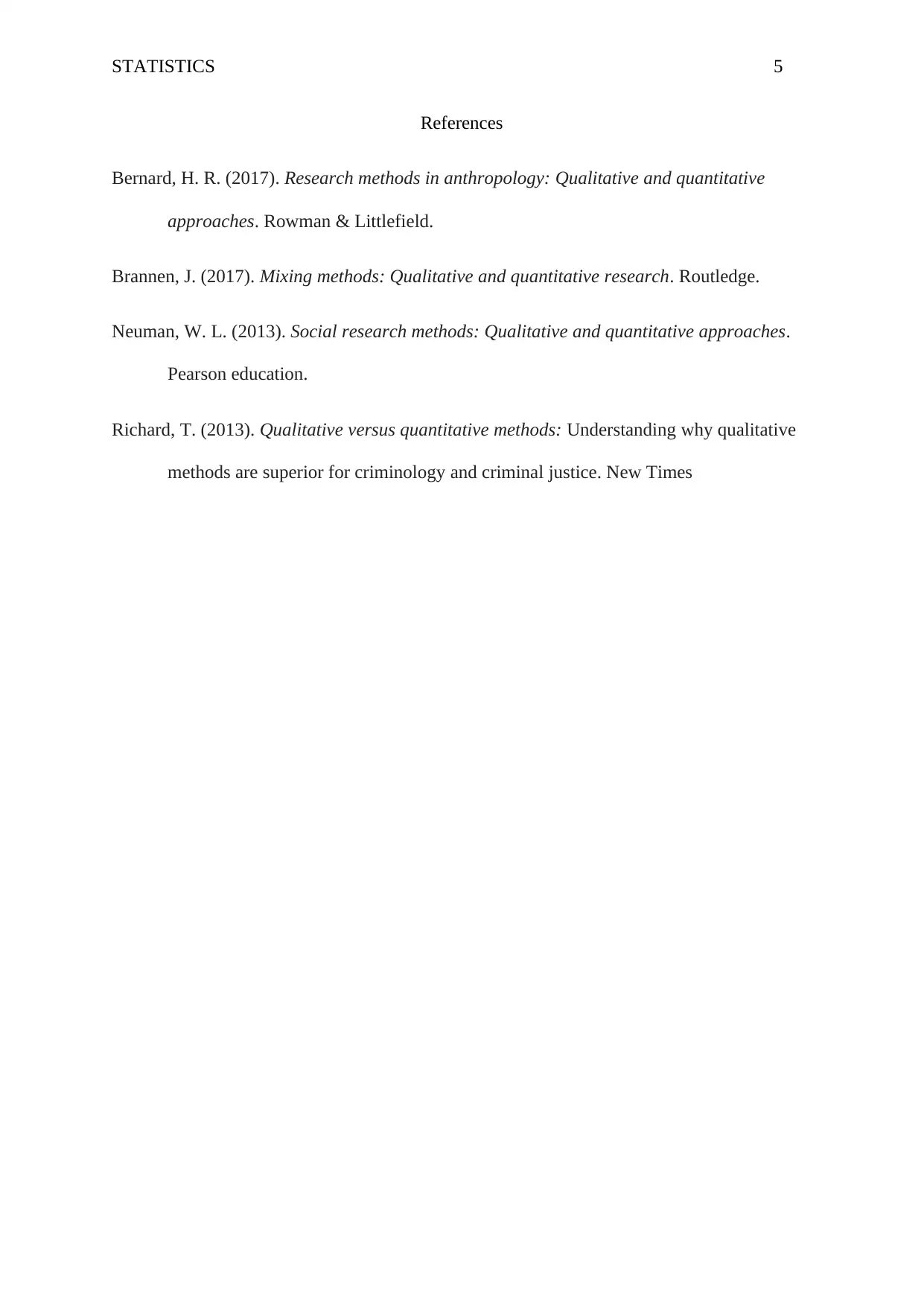






![[object Object]](/_next/static/media/star-bottom.7253800d.svg)